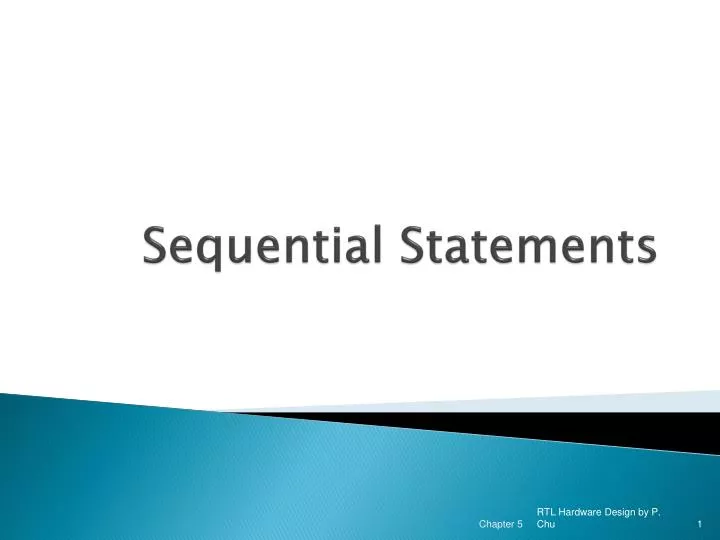
, a method to select the minimal number of bacterial species that are able to grow on lignocellulose was recently developed by our research group. These species can interact by synergism, competition, and commensalism, having preferences for certain niches that allow them to coexist in a highly dynamic environment. In many cases, the microbial communities selected by this enrichment approach are still highly complex, with hundreds of species coexisting in the same flask. In the “top-down” approach, many factors can shape the final selected microbial consortia, including the starting inoculum and the carbon source. The outcomes of these two approaches are lignocellulolytic microbial consortia that can be characterized by different meta-omics approaches, In some cases, metagenome-assembled genomes (MAGs) could be retrieved and analyzed from these consortia. These microbial communities can be assembled by two main approaches : (1) the “top-down” enrichment, which consists of the selection of nature-derived populations with the capacity to grow in a minimal medium containing plant biomass as the sole carbon source and (2) the “bottom-up” strategy, where microbial axenic strains are mixed in different proportions and types to produce a synthetic community.
(66).jpg)
In this context, the design and characterization of lignocellulolytic microbial consortia has received increasing attention during the last decade. Therefore, the use of enzyme cocktails, produced by mixed microbial cultures, has been proposed as an alternative to improve this saccharification process. In biorefineries, one of the major bottlenecks is the low efficiency in the release of sugar monomers from agricultural residues. Lignocellulose is one of the main renewable resources used for the production of biofuels, bioplastics, and other commodity chemicals. protegens grew on polyhydroxyalkanoate (PHA) nanoparticles and might be a suitable species for the industrial production of PHAs in the context of lignin and plastic upcycling.Ĭurrently, the energy transition from fossil to renewable resources and the degradation and recycling of plastics are topics of global concern. protegens, which could catabolize phthalates and terephthalic acid. Enzymes involved in the depolymerization of polyurethane and polybutylene adipate terephthalate were found to be encoded by Ps. The capacity of the MELMC to transform synthetic plastics was assessed by two strategies: (i) annotation of MAGs against databases containing plastic-transforming enzymes and (ii) predicting enzymatic activity based on chemical structural similarities between lignin- and plastics-derived chemical compounds, using Simplified Molecular-Input Line-Entry System and Tanimoto coefficients. protegens could catabolize lignin-derived chemical compounds. lignocellulolyticus could be involved in cellulose and xylan deconstruction, whereas Ps.

Functional annotation of these MAGs revealed that Pr. nov) recognized by their high-quality metagenome-assembled genomes (MAGs). The MELMC was mostly composed (>90%) of three bacterial members ( Pseudomonas protegens Pristimantibacillus lignocellulolyticus gen. In this study, the polymer-degrading capability of a minimal lignocellulolytic microbial consortium (MELMC) was explored by genome-resolved metagenomics.

The understanding and manipulation of microbial communities toward the conversion of lignocellulose and plastics are topics of interest in microbial ecology and biotechnology.


 0 kommentar(er)
0 kommentar(er)
